Fujifilm FinePix S100FS Review
Fujifilm FinePix S100FS
Is Fujifilm's new 11.1MP superzoom flagship a bridge too far? Cliff finds out.
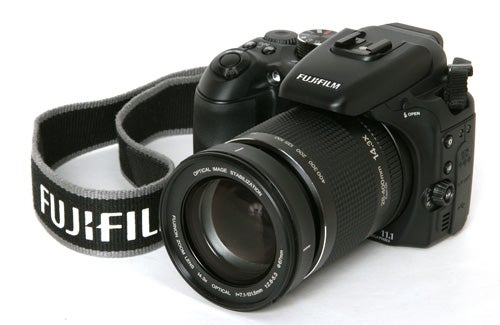
Verdict
Key Specifications
- Review Price: £386.95
Back in November 2005 I courted controversy by awarding the then-new Fujifilm FinePix S9500 a full 10/10 in every score category. I received emails and forum posts complaining that I was stupid to award such a high score, and some people on the forum of a well-known rival camera review site practically accused me of taking bribes from Fujifilm. In January 2007 controversy turned to outright scandal when I awarded Fuji’s follow-up model, the FinePix S9600, the same full-marks score. Again I received angry emails and accusations of bribery.
However controversial, I stand by both of those review scores. In both cases I received many more compliments than complaints, including literally dozens of emails from readers who had bought one of these cameras based on my review, and felt compelled to write in and tell me that I was quite right to praise them so highly. The S9500 and S9600 were both outstanding cameras offering a great combination of features, performance, handling and results at an amazingly low price. The S9600 is still available for just over £200, and is still unbeatable value for money.
The S9600 was launched in August 2006, and while it was an advanced model for the time, two years in a long time in the digital camera market. For at least the past year there has been much speculation in the forums about how Fujifilm would follow up such a successful camera. Well the speculation can stop now because that successor is here at last in the shape of the FinePix S100FS. The big question is, can it live up to its illustrious predecessors?
The basic design concept of the S100FS is still the same; it is a large SLR-style camera with a manually-operated zoom lens, a tilting monitor screen and an electronic viewfinder. Physically it is somewhat larger than the S9600, measuring 133.4 X 93.6 X 150.4mm. It’s also quite a lot heavier, weighing a substantial 918g minus battery. In terms of size and weight it definitely into digital SLR territory. By comparison the Canon EOS 400D measures 126.5 x 94.2 x 65mm and weighs 510g body only. Body construction is polycarbonate plastic over a metal frame, the same as most consumer DSLRs, and build quality is very good. The extra weight and the large rubberised grip give the camera a pleasant solidity and stability, useful when shooting at lower shutter speeds. The control layout is similar to the S9600, albeit with more buttons, but it is fairly straightforward and easy to operate.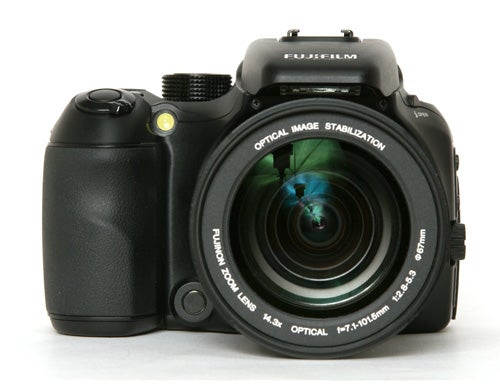
A lot of the extra weight comes from the new lens, which is significantly larger than that on the S9600, both in terms of physical size and focal length. It has a zoom range equivalent to 28 – 400mm and a maximum aperture of f/2.8 – f/5.3, specifications which compare well with super-zoom lenses available for most digital SLRs. That massive zoom range makes it a good all-rounder, covering everything from wide-angle landscapes to long telephoto.
The manual zoom action is nice and smooth, and far more pleasant to use than the powered zooms found on most other cameras, but I’m not so keen on the manual focus system. It uses an electrically-linked “fly-by-wire” system, with a focusing ring on the barrel of the lens. I found it to be unresponsive, and the viewfinder magnification which activates automatically in manual focus mode is very blocky and not sharp enough for accurate focusing.
One welcome additional feature notably absent from the S9600 is optical image stabilisation. This is pretty much an essential item on super-zoom cameras these days, and although Fujifilm was a late adopter it is now fitting IS to most of its longer lens models. The system works well, allowing sharp hand-held shots at full zoom at shutter speeds as low as 1/60th of a second, an advantage of just under 2.5 stops. This compares well with other high-end super-zoom cameras, such as the Canon S5 IS or Panasonic FZ18.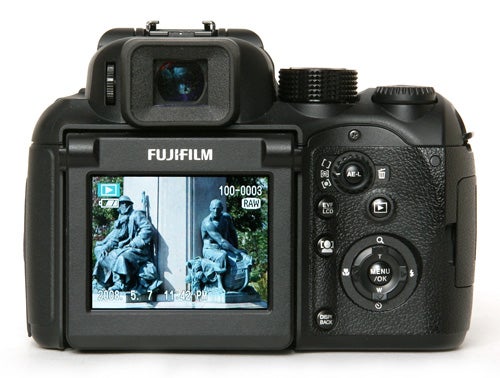
The most significant improvement is the camera’s sensor. The S9600 had a 9.0-megapixel SuperCCD HR sensor of the larger 1/1.6-inch size, measuring approximately 7.7 x 5.8mm, physically larger than the sensors in most compact cameras. The S100FS goes even further, featuring an 11.1-megapixel SuperCCD HR which is even larger still. It is of the larger 2/3-inch type, measuring approximately 8.8 x 6.6mm. Physical sensor size is important, because a larger sensor means larger photocells with greater sensitivity to light, which in theory means greater colour depth and less image noise. By comparison, the sensors in most high-spec compacts measure approximately 7.2 x 5.3mm, while the APS-C sensors in most digital SLRs measure 23.7 x 15.7mm. Even the Olympus Four-Thirds sensor measures 18 x 13.5mm.
The LCD monitor is larger than that of the S9600, 2.5 inches diagonally with 230,000 dots. Like the previous model it is articulated, capable of tilting 45 degrees down or 90 degrees up. As monitor screens go it’s pretty nice, with good contrast, a fast refresh rate and bright enough for daylight use in most situations. It is also slightly recessed, which helps to avoid scratches and finger marks.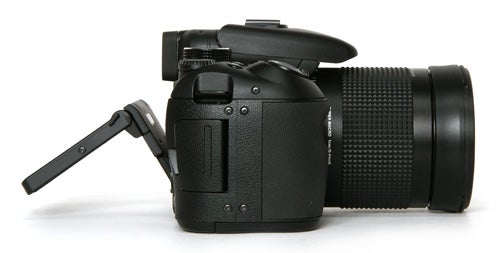
The electronic viewfinder is a bit of an oddity. It has a resolution of 200,000 dots, but it is of an unusual type, called a “field sequential drive” display, whereby each dot displays red, green and blue colours channels in a rapid cycle, in theory producing a much sharper image. It works very well, producing an exceptionally sharp display as long as the camera is perfectly still, but if you move the camera at all it produces psychedelic multi-coloured after-images which are a bit disconcerting, especially on panning action shots.
The FS in the S100FS’s name stands for Film Simulation, which is one of the camera’s new features. This mode is at the top of the menu, and provides a selection of four pre-sets that are supposed to simulate the appearance of specific types of film, including Fuji Provia general-purpose filme (the default setting), the high-saturation Fuji Velvia favoured by landscape photographers, as well as portrait and soft settings. In practice this mode is a bit of a gimmick, since even at its highest setting the S100FS can’t match the dynamic range or colour depth of actual film, especially Fuji Velvia. That’s not to say that the film modes are useless; they do produce noticeable and useful effects, but if you want to use film you shouldn’t have bought a digital camera.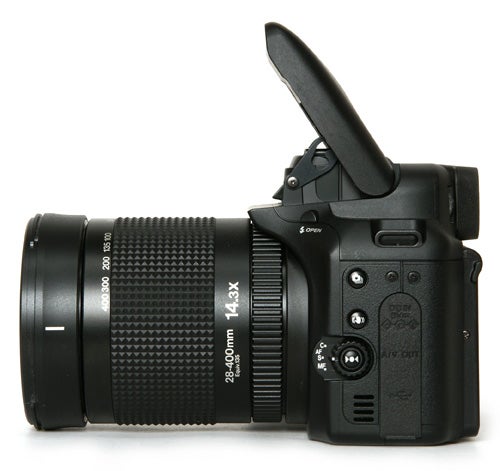
Another new feature which is rather more useful is the enhanced dynamic range mode, which boosts shadow and highlight detail, traditionally weak points for digital sensors. Fuji’s HR sensor already has very good dynamic range characteristics, so this mode should give it a big advantage. In practice the effect is actually fairly subtle, but it does work and produces good results in high-contrast situations.
It’s also worth mentioning the pop-up flash, which is on an exceptionally long armature, lifting it well above the lens to reduce the effects of red-eye. It is also exceptionally powerful for such a small unit, with a range of 7.2m. The S100FS also has a hot shoe for connecting an external flash, and even an X-sync socket for connection to a studio flash system.
The S9600 had pretty brisk performance, so the new model has a lot to live up to. It starts up in just over 2.5 seconds, and shuts down again even faster, pretty good for a super-zoom camera. Shot-to-shot time in single shot mode and maximum JPEG quality mode is a very respectable one frame a second, while in long-period continuous mode it can manage an equally respectable 0.8 seconds per shot. The S100FS has multiple continuous capture modes, including several bracketing modes, all with different shooting rates, but in the fast top-seven mode it can manage over two frames a second.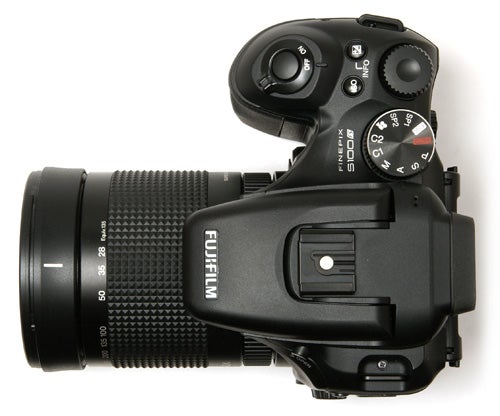
The autofocus system is fast for a super-zoom camera, although I have seen faster, especially on DSLRs. In good light and wide-angle zoom settings it focuses in a fraction of a second, although it does slow down somewhat in lower light and at longer zoom settings. It is still impressively quick for a contrast-detection system though, on a par with the best of the competition.
In terms of picture quality, there’s no question that the S100FS in an impressive camera. For overall detail and clarity it comes closer to DSLR quality than any other bridge camera I’ve tried, and colour depth and high-ISO noise control are also very good. The big SuperCCD HR produces virtually no noise at 800 ISO, and usable images even at 3200 ISO, although it has to be said that the 3-megapixel 10,000 ISO setting is a bit of a gimmick. The only fly in the ointment is the lens quality. At the widest angle setting it does produce a fair amount of barrel distortion, but a more serious problem is the very visible chromatic aberration around the edges of the frame. The advantage of an interchangeable lens DSLR is that you can always save up for a better quality lens, but with the S100FS you’re stuck with it. It is possible to apply some correction in Photoshop when converting from RAW mode, but this is a patch at best. Fortunately the problem is far less noticeable at longer focal lengths.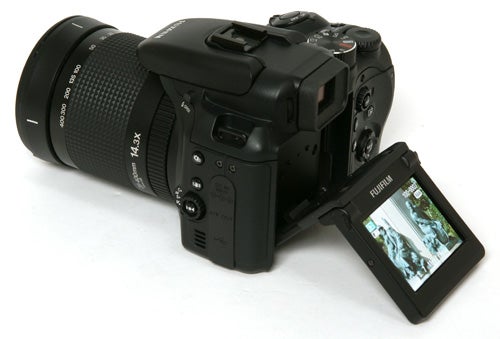
So far then the S100FS is doing well, but there is one final point that has to be made, and it could be the decisive factor in the success or failure of the S100FS. Fujifilm is advertising the camera as an alternative to a digital SLR, claiming that it provides an “all-in-one solution for photo enthusiasts … seeking the manual controls and functionality of a DSLR without the bulk, hassle and expense of additional lenses…”
Now I don’t mind a bit of marketing hyperbole, in fact I expect it, however while I am very impressed by the S100FS, it’s not really fair or reasonable to compare it to an SLR. As a camera it stands head and shoulders above every other bridge camera on the market, but even an entry-level DSLR will beat it in every important respect, including performance, features and image quality. The size of the sensor, the contrast detection AF system and the quality of the lens are simply not up to the standard of even basic DSLR systems. This is really the S100FS’s only weakness, because it is currently selling for around £390, while you can buy a Sony Alpha A200 with an 18-70mm lens for £299, or a Nikon D40 with both an 18-55mm and 55-200mm for £438. Frankly, if I was looking to spend nearly £400 on a camera, I’d get a proper DSLR. If the S100FS drops in price to the level that the S9600 is at currently then it will be a bargain of galactic proportions, but right at the moment it’s simply too expensive to compete.
”’Verdict”’
The Fujifilm S100FS is a worthy successor to the S9600, and has superior handling, performance and image quality to any other super-zoom camera on the market, but comparing it to a real DSLR is a bit disingenuous. It is very expensive, more expensive even than an entry-level DSLR, and for all its qualities it doesn’t quite compete on the same level.
—-
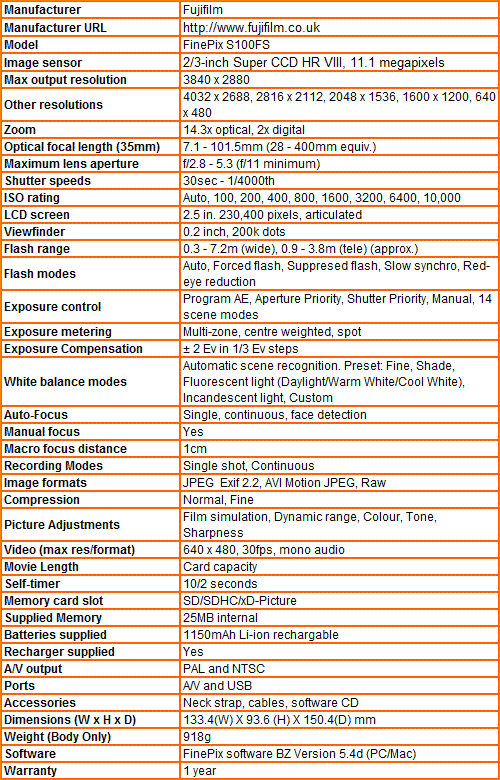
”A range of test shots are shown over the next few pages. Here, the full size images at the minimum and maximum ISO settings have been reduced for bandwidth purposes to let you see the full image, and a series of crops taken from original full resolution images at a range of ISO settings have been included in order for you to gain an appreciation of the overall quality.”
—-
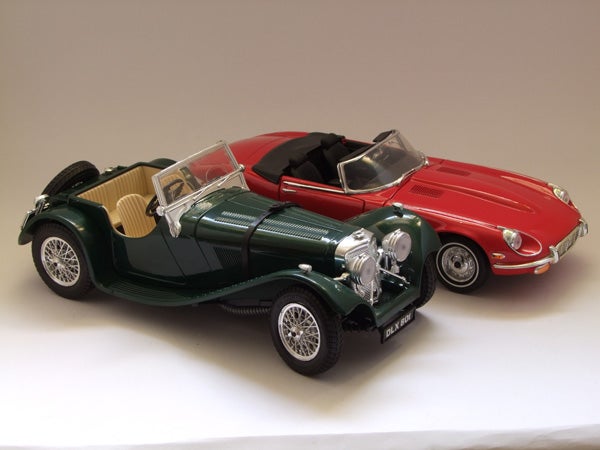
This is the full frame at 100 ISO.
—-
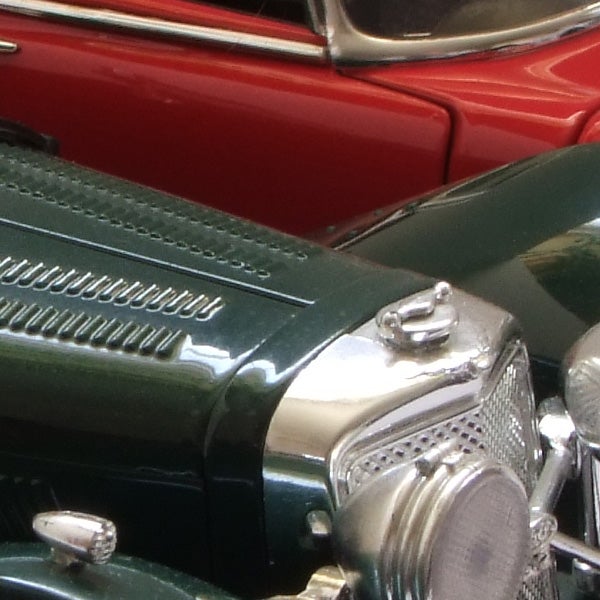
At 100 ISO the image is clean and free from noise.
—-
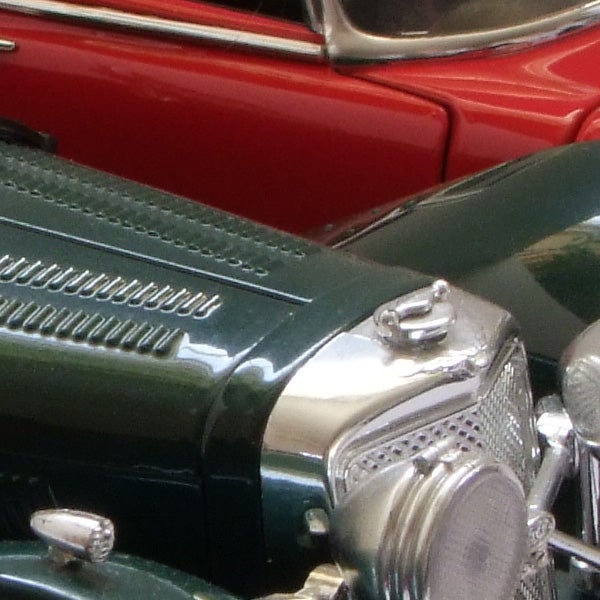
Quality is still excellent at 200 ISO.
—-
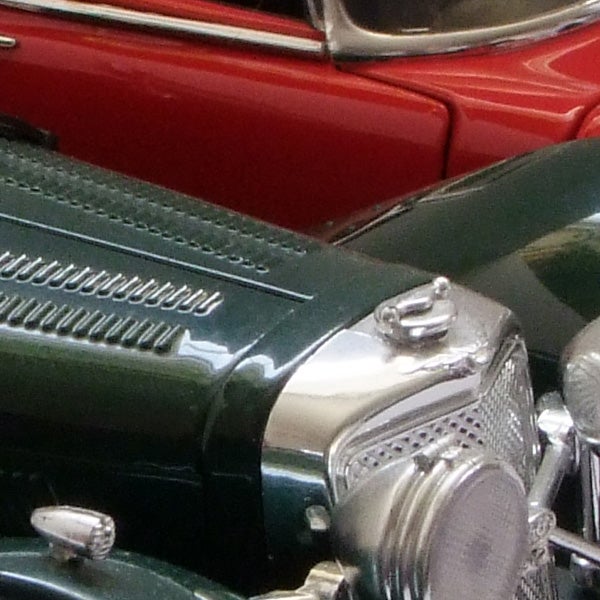
Some signs of noise reduction at 400 ISO, but overall quality is still excellent.
—-
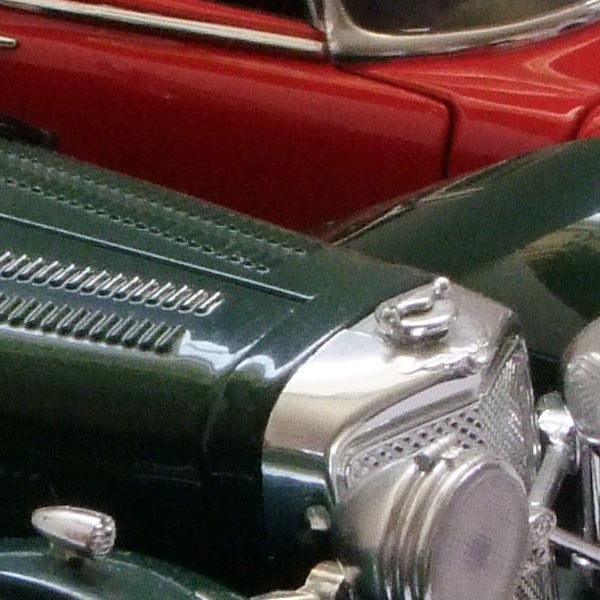
Still no noise problems at 800 ISO.
—-
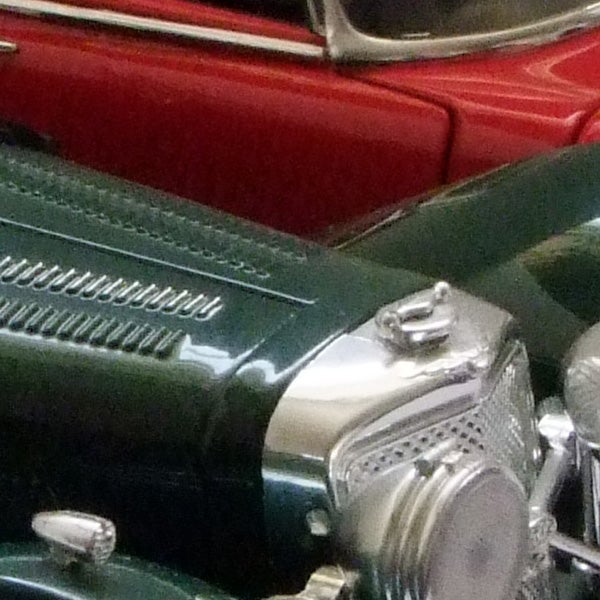
Visible noise reduction effects at 1600 ISO, with reduced detail.
—-
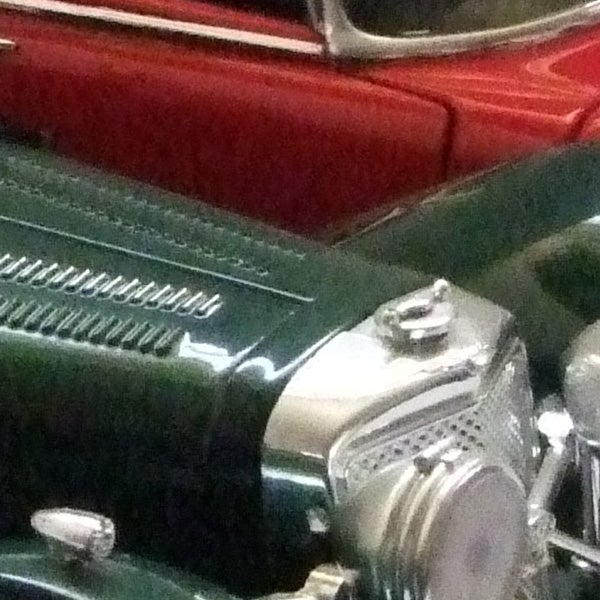
3200 ISO is the highest full-resolution setting.
—-
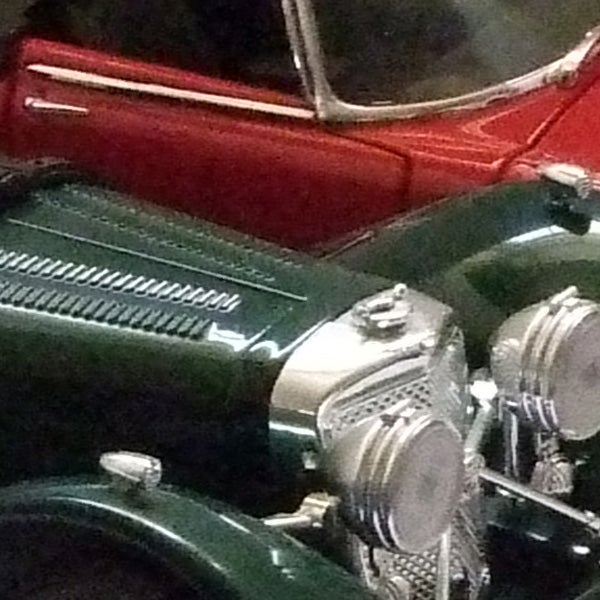
6400 ISO is available at 6 megapixels, but the quality is pretty lousy.
—-

10,000 ISO is available at 3 megapixels, but it’s really just a gimmick, the picture quality is terrible.
—-
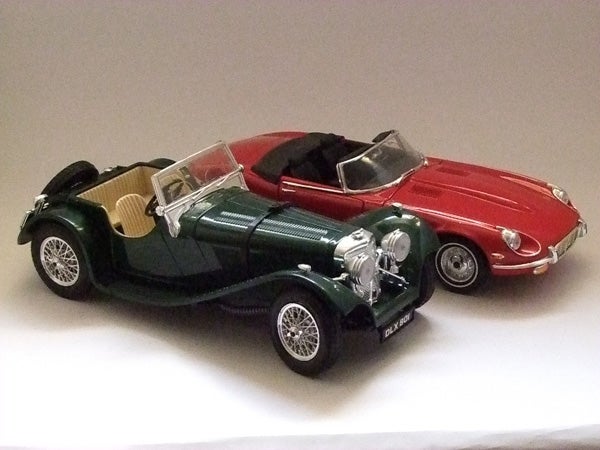
This is the full frame at 10,000 ISO.
—-
”A range of general test shots are shown over the next two pages. In some cases, the full size image has been reduced for bandwidth purposes, and a crop taken from the original full resolution image has been placed below it to show the overall image quality. Some other pictures may be clicked to view the original full-size image.”
—-
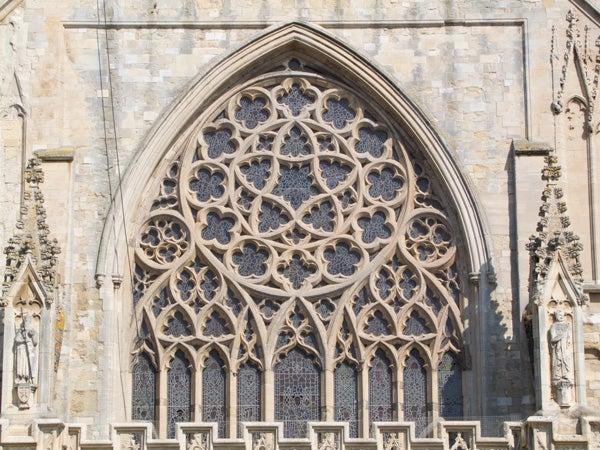
Here’s the usual detail test shot of the West Window of Exeter Cathedral, for you to compare with other cameras. See below for a full res crop, or click to see the whole picture.
—-
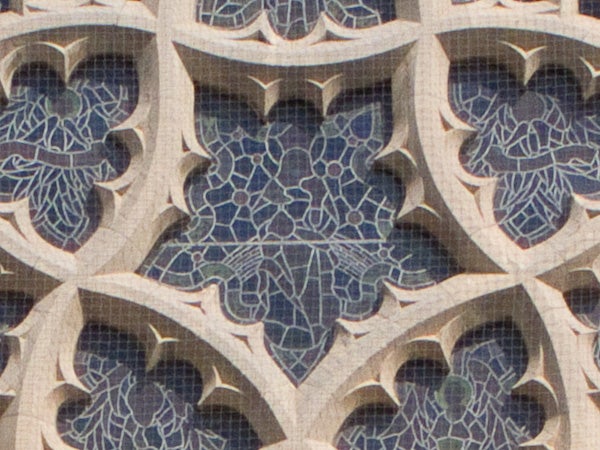
The level of fine detail is excellent, with good contrast and sharpness.
—-
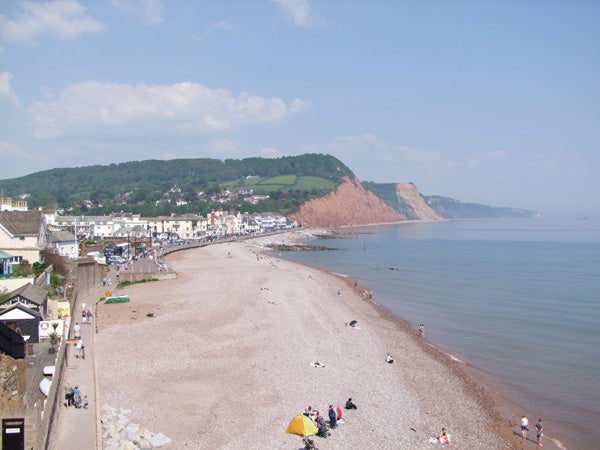
Since the S100FS is sold as an alternative to an SLR, here’s the usual SLR test shot of Sidmouth seafront.
—-

Compare this with the results from a full-sized DSLR, such as the Sony A200 or Canon EOS 400D.
—-
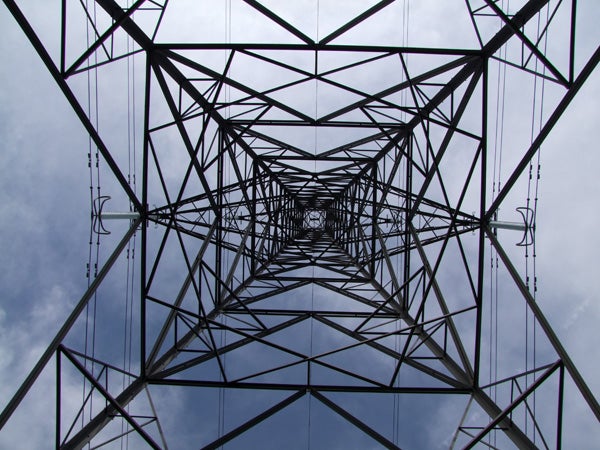
The lens produces some barrel distortion at wide angle, which is to be expected.
—-
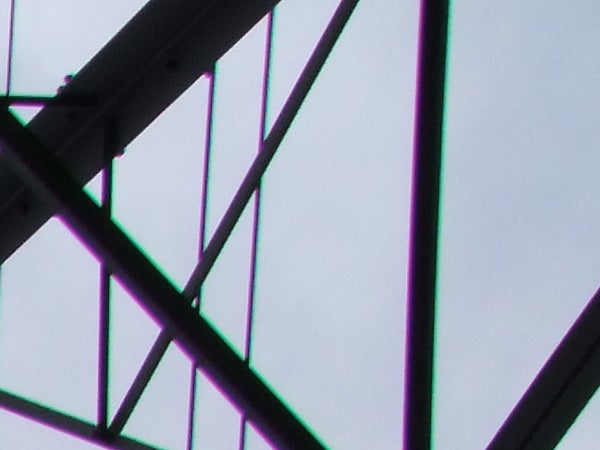
A more worrying problem is the significant chromatic aberration towards the edges of the frame.
—-
”Here are some general test shots to help evaluate the camera’s overall image quality, including the zoom range of the lens. Some pictures may be clicked to download the full size original image.”
—-
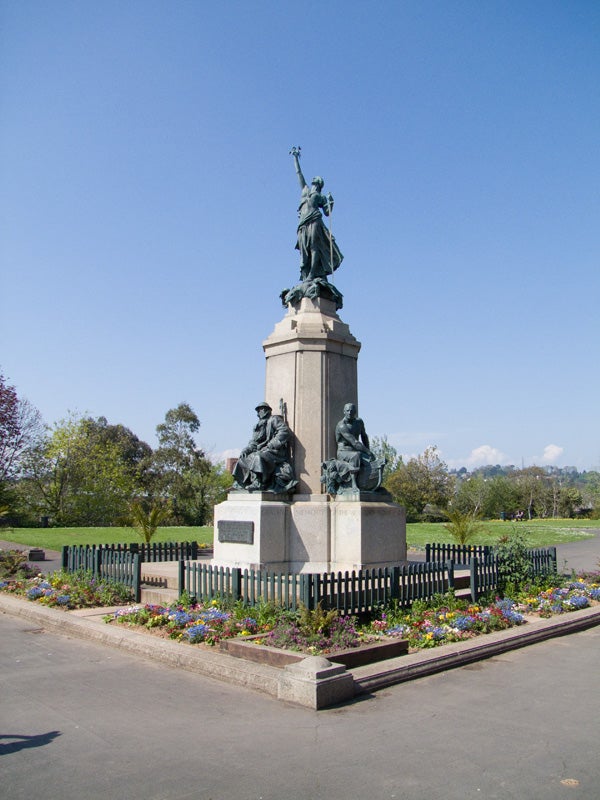
The wide angle end of the zoom is equivalent to 28mm, good for getting lots into the frame.
—-

The telephoto end is equivalent to 400mm, great for close-ups of distant details.
—-
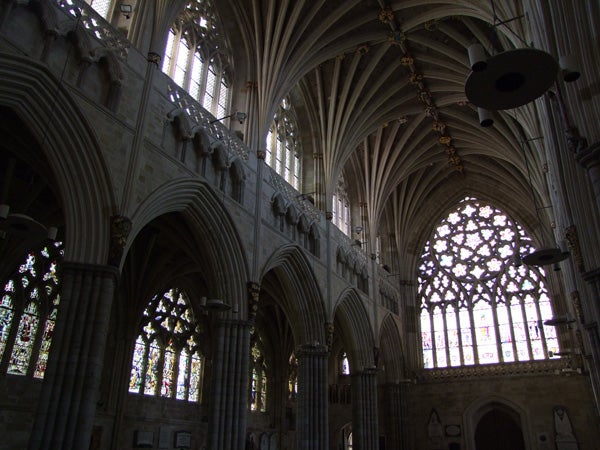
This was taken with 100% dynamic range…
—-
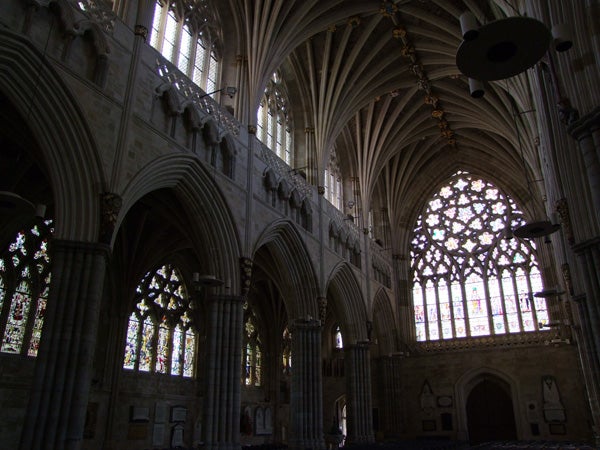
….while this is the same scene at 400% dynamic range. There is a slight improvement in both shadow and highlight detail.
—-
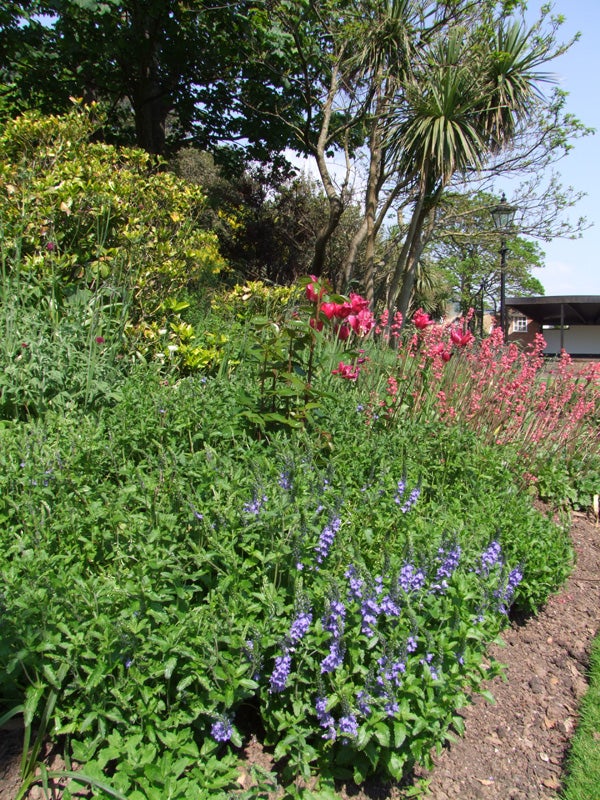
This was taken using the default Provia film simulation setting.
—-
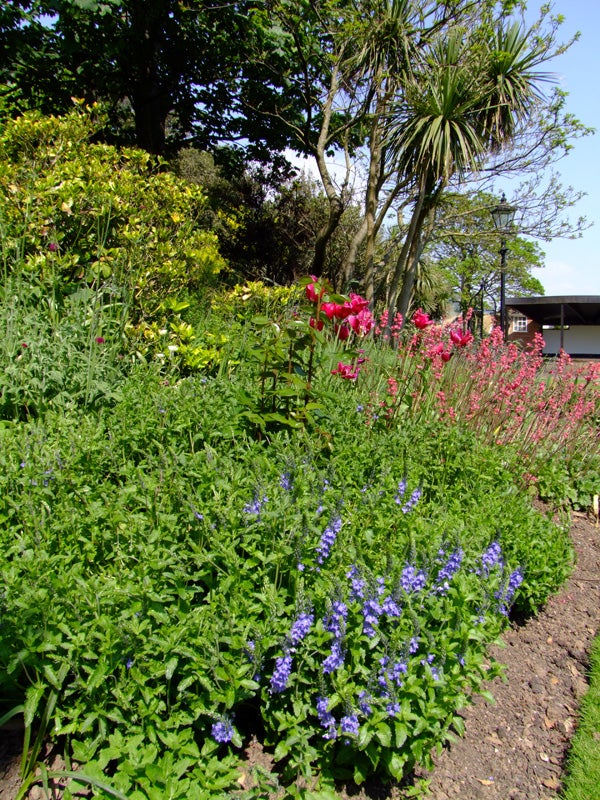
This is the same scene shot using the Velvia simulation setting. The colours are slightly more saturated, and contrast is higher.
—-

Velvia simulation is nice for shots of nature.
—-
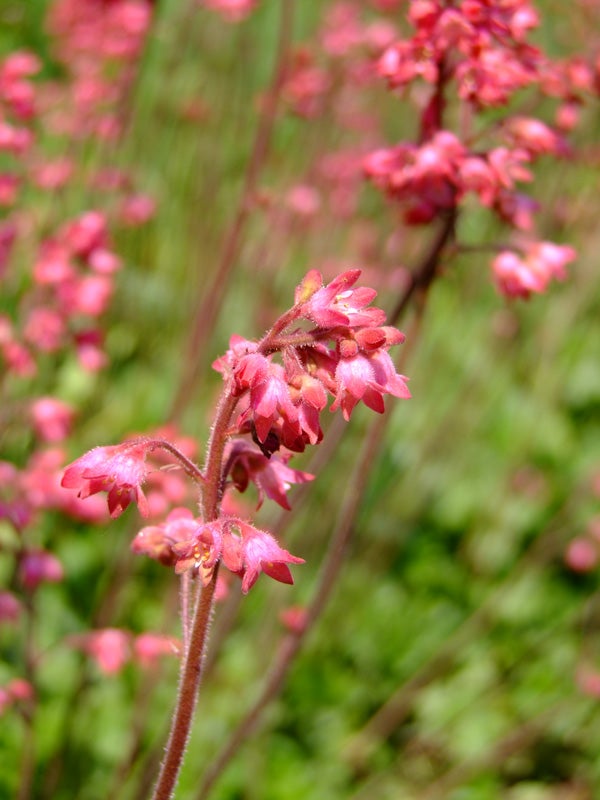
Closest macro range is just 1cm.
—-
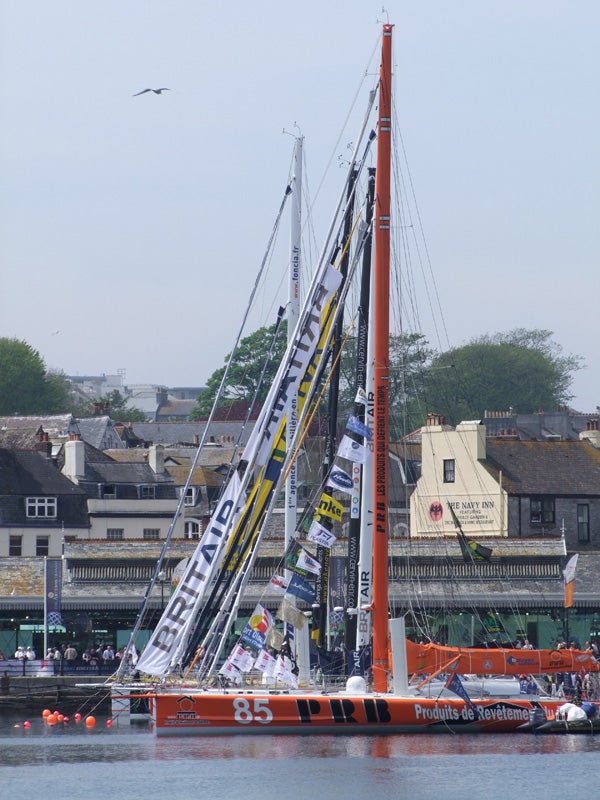
The Transat single-handed trans-Atlantic race started from Plymouth on Sunday. These are some of the competitors. The long manual zoom is great for accurate framing.
—-
Trusted Score
Score in detail
-
Value 7
-
Image Quality 9
-
Build Quality 9
Features
| Camera type | Super Zoom |
| Megapixels (Megapixel) | 11.1 Megapixel |
| Optical Zoom (Times) | 14.3x |
| Image Sensor | Super CCD HR |
| Image Stabilisation | Electronic, Optical |
| LCD Monitor | 2.5 in |
| Flash modes | Auto Flash, Flash OFF, Flash ON, Red-eye Reduction |
| Video (max res/format) | 640 x 480 |
| Memory card slot | xD-Picture Card, Secure Digital (SD) Card, Secure Digital High Capacity (SDHC) Card |

